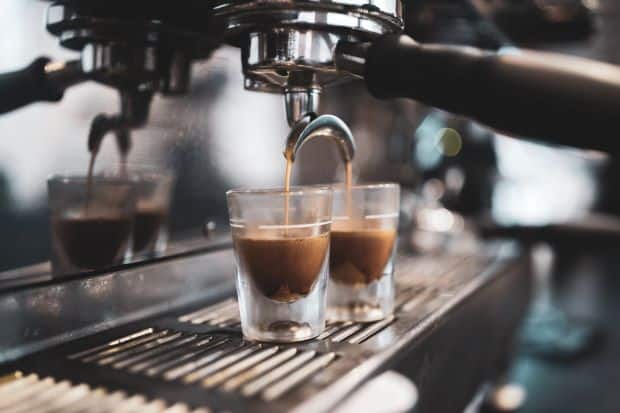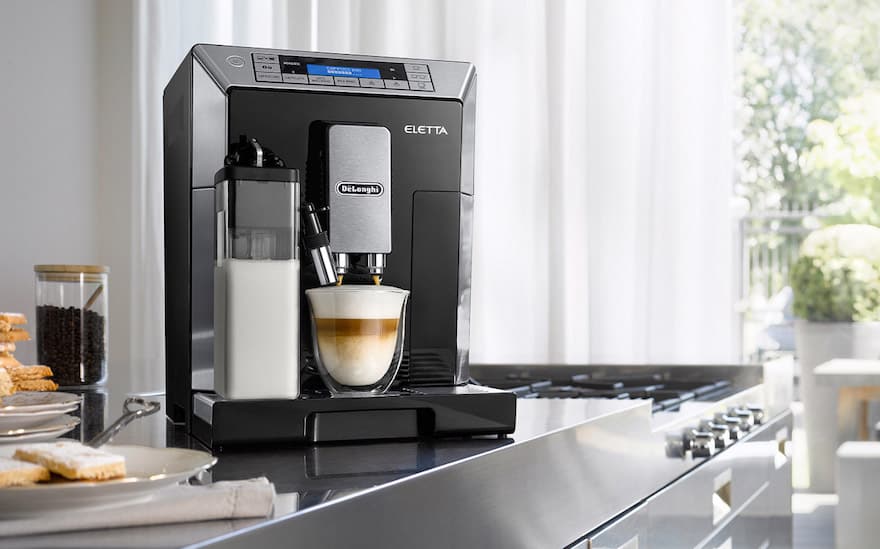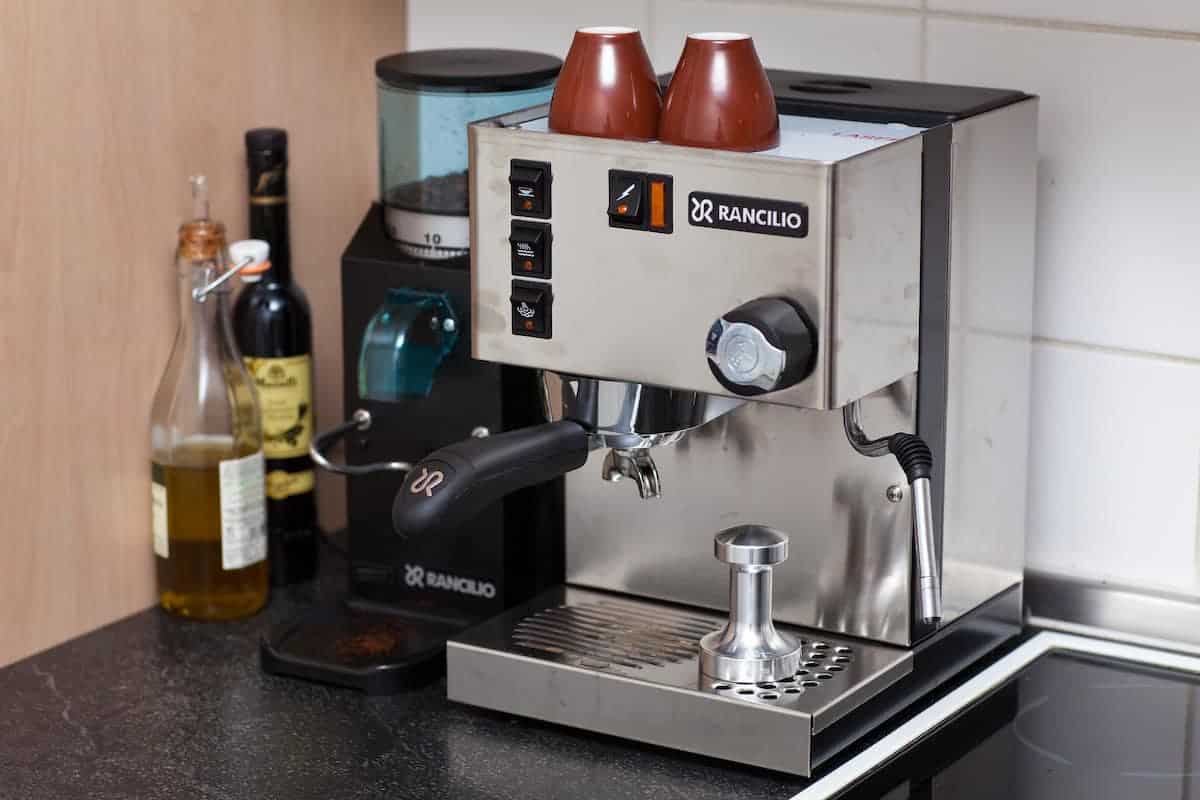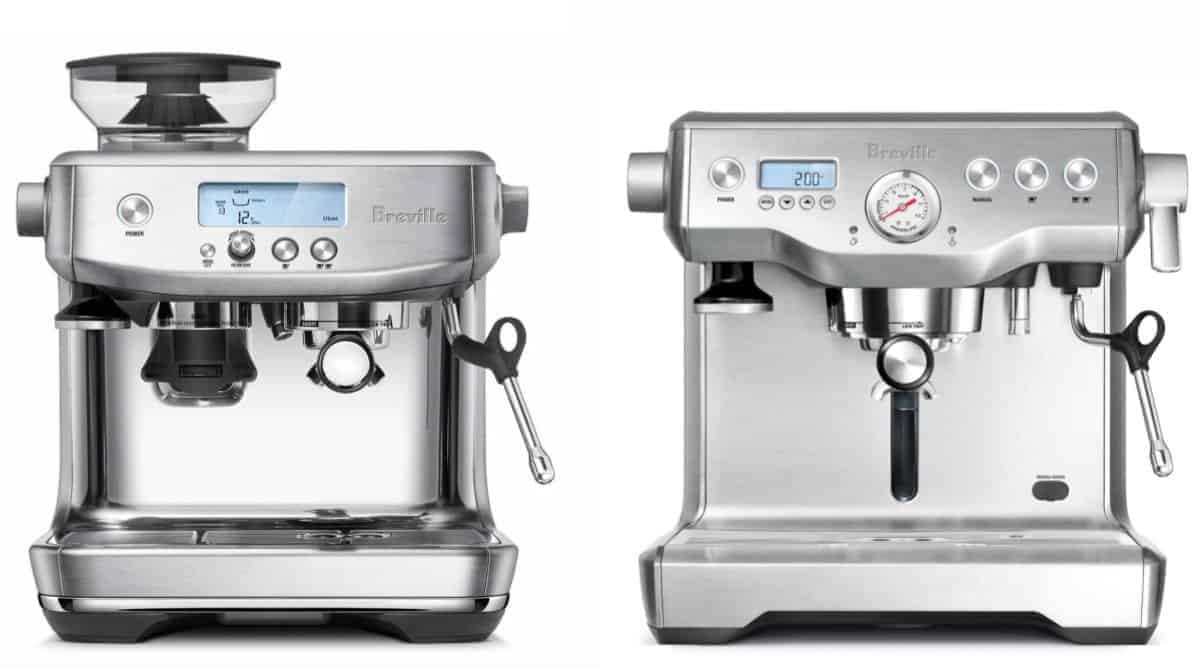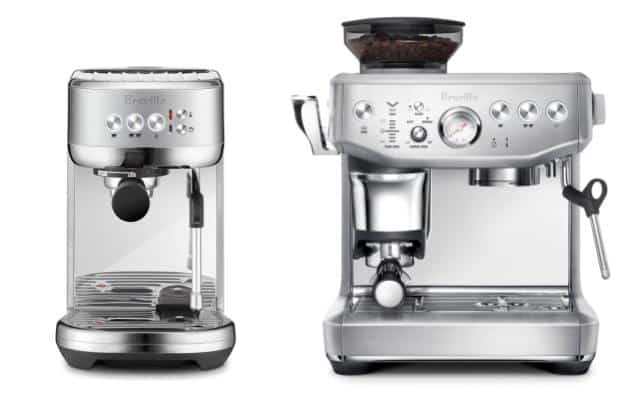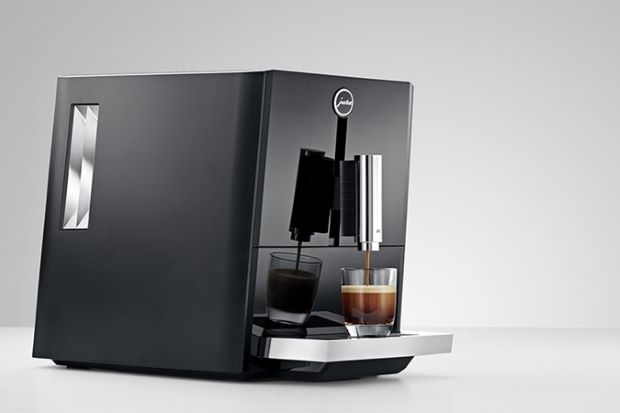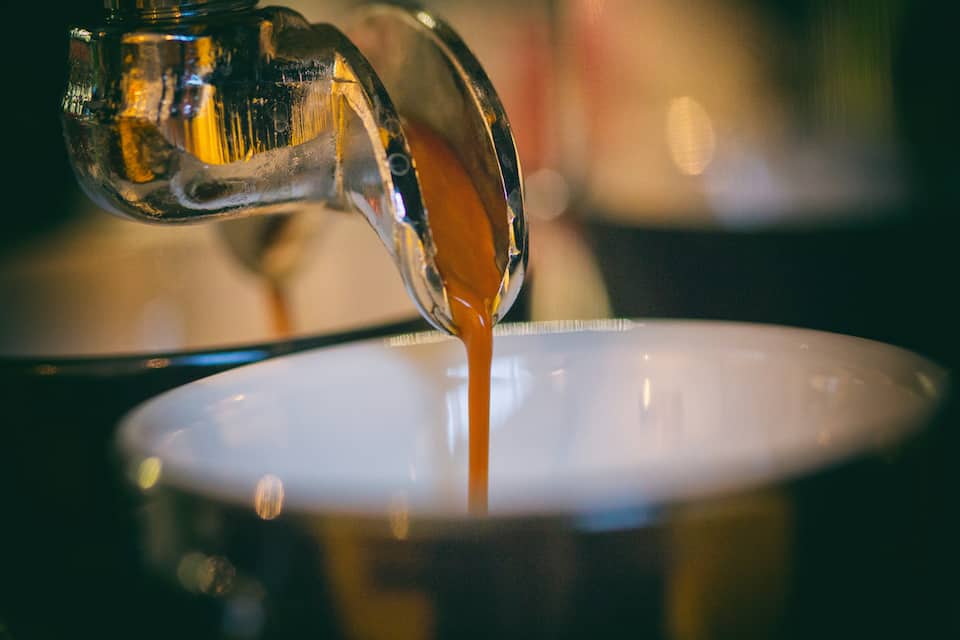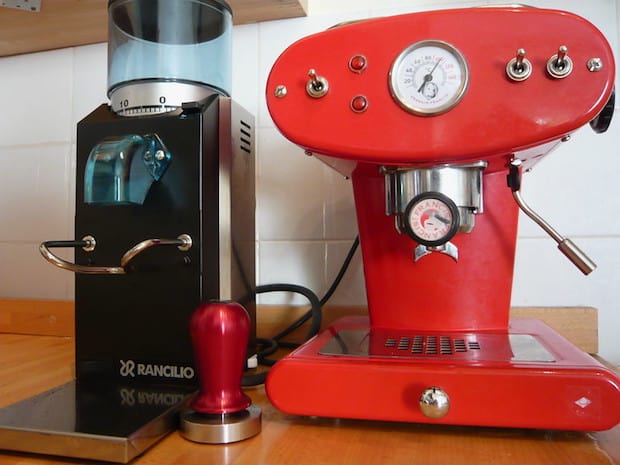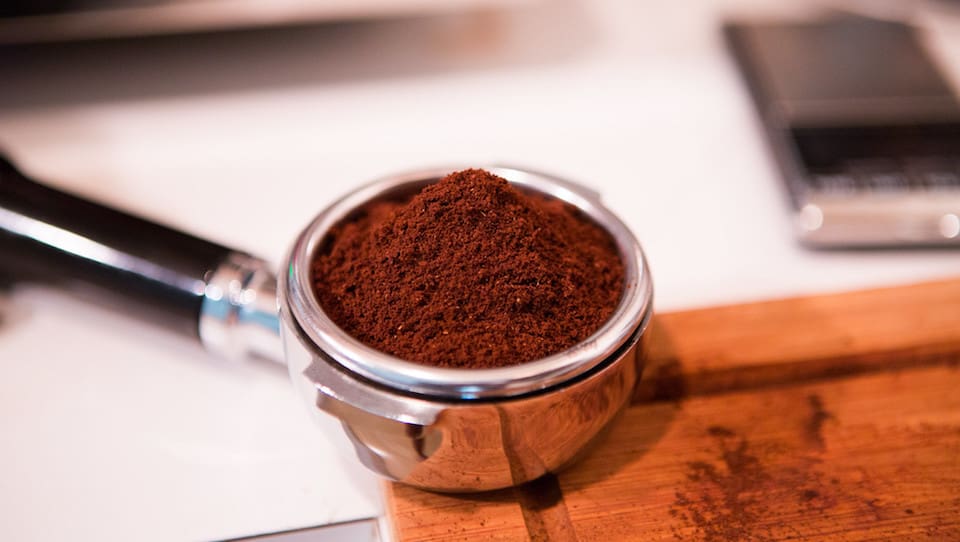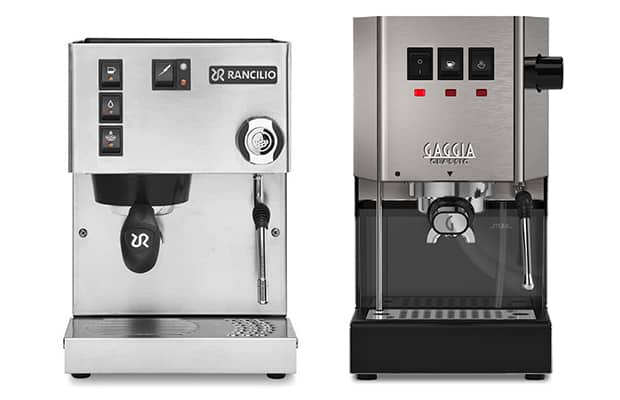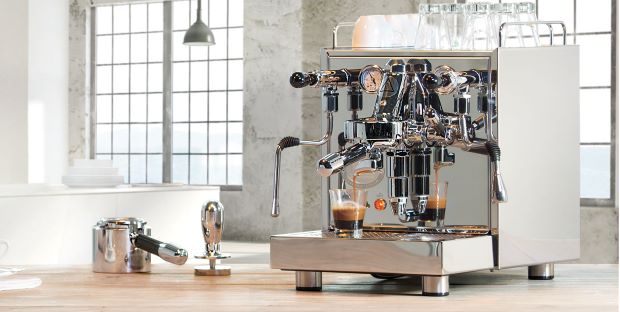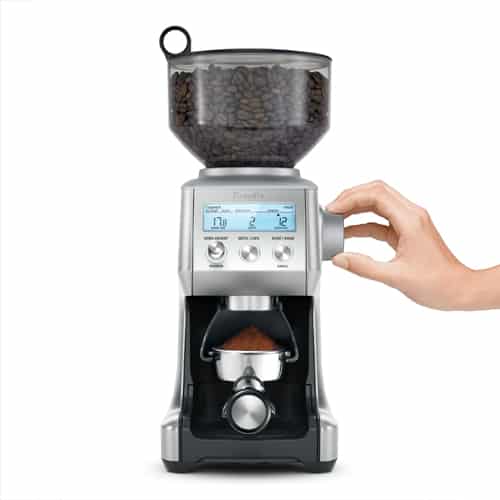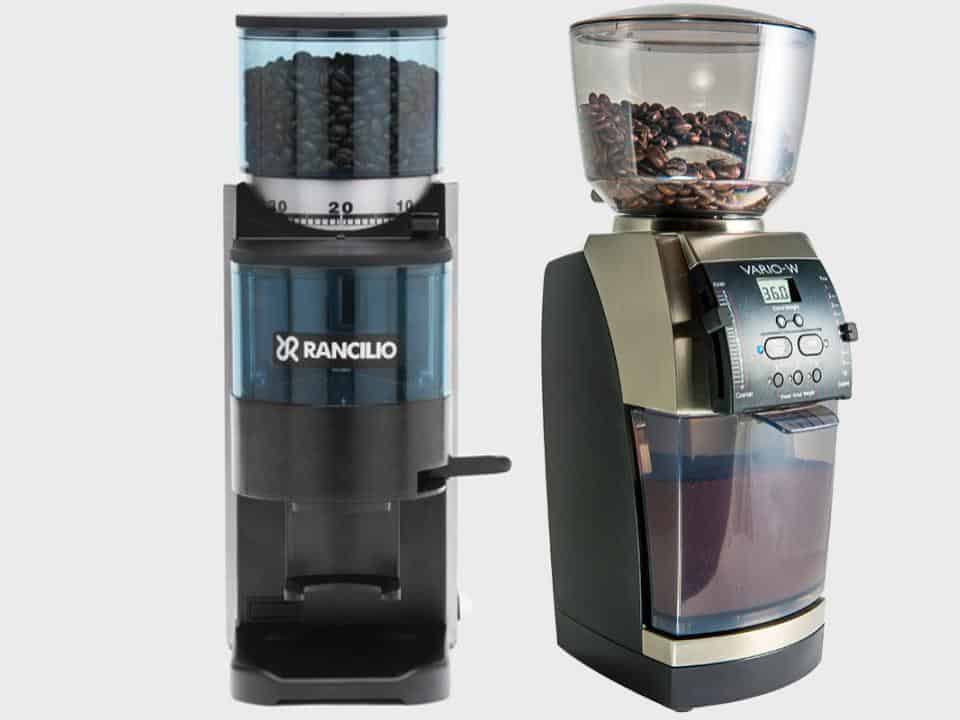Espresso
Espresso is just highly concentrated coffee that’s brewed by forcing hot water through finely ground coffee beans at high pressure.
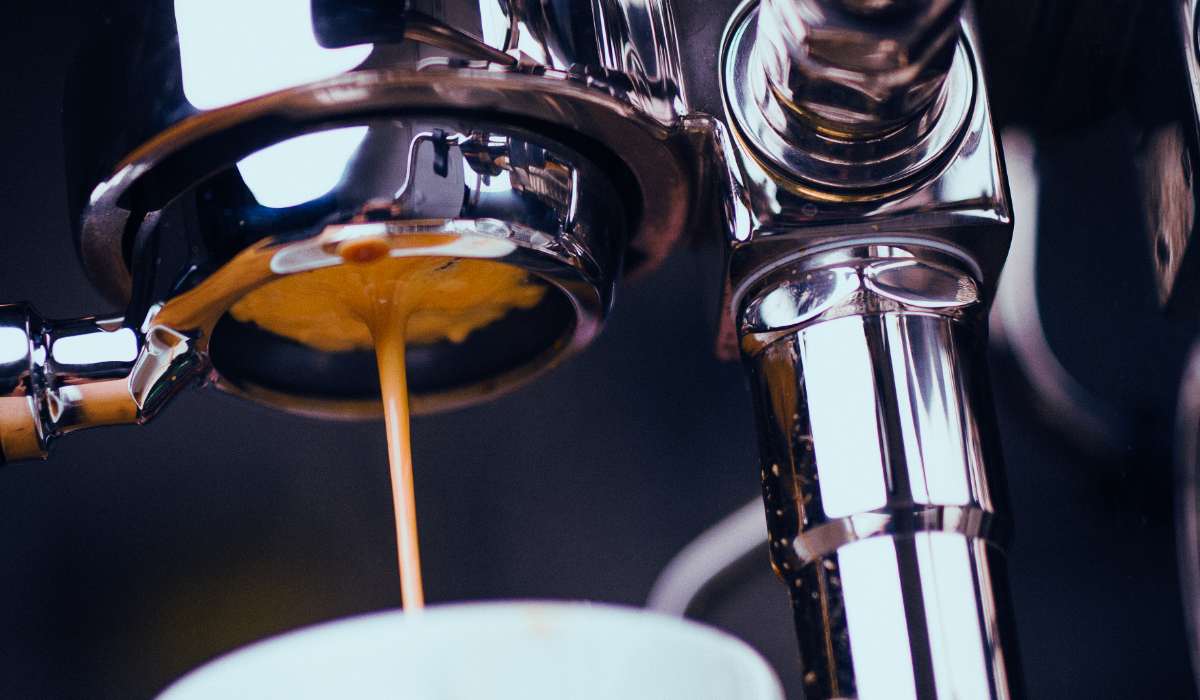
This brewing method creates a robust, rich flavor that’s quite distinct from regular brewed coffee.
The hallmark of a well-made espresso is its crema, a golden-brown foam that forms on the surface as a result of the high pressure used during extraction.

Espresso has its roots in early 1900s Italy. Luigi Bezzera patented a method in 1901 for making coffee using steam pressure, which brewed a stronger, more flavorful coffee quickly. This innovation revolutionized coffee making and, after several iterations by other contributors, led to the modern machine and the variety of espresso-based drinks people order at coffee shops today.

Espresso is the foundation of popular drinks like cappuccinos, lattes, and Americanos. Now that plenty of brands make affordable home espresso machines, coffee lovers can save money and play barista in their own kitchens.
To make espresso at home, you need:
- An espresso machine
- A grinder for the right bean consistency
- A tamper for even coffee compression
- A scale for accurate coffee and water measurements
- Espresso cups (and maybe) saucers
With your own machine and regular practice, you can master these espresso-based drinks and tailor them to your personal taste preferences.
How To Brew Espresso
The steps for brewing espresso will vary depending on the type of machine you have, and the level of automation it provides. Many super-automatic espresso machines will grind your beans, brew your espresso and top it with steamed milk at the touch of a single button.
However, a semi-automatic machine is the choice for most home baristas who really want to master the craft. The following instructions are fairly typical for semi-automatics:
1. Fill the water tank
Fill the water tank of your espresso machine with fresh, cold water.
2. Grind and tamp the coffee
Grind your coffee beans to a fine, even consistency, and then tamp them firmly into the portafilter of your machine. The grind and tamp are important for ensuring that water flows evenly through the coffee and extracts the flavors and aromas evenly.
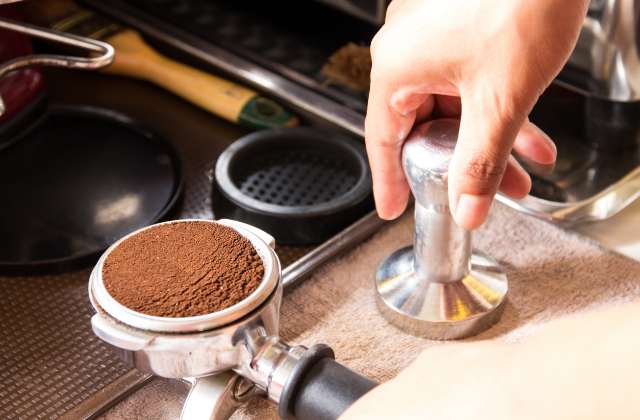
3. Preheat the machine
Turn on your espresso machine and allow it to warm up and reach the desired brewing temperature. This can take several minutes, depending on the type and size of your machine.
4. Insert the portafilter
Once the machine is heated, insert the coffee-packed portafilter into the group head of your machine. Lock it securely into place and place small cup or carafe beneath it.
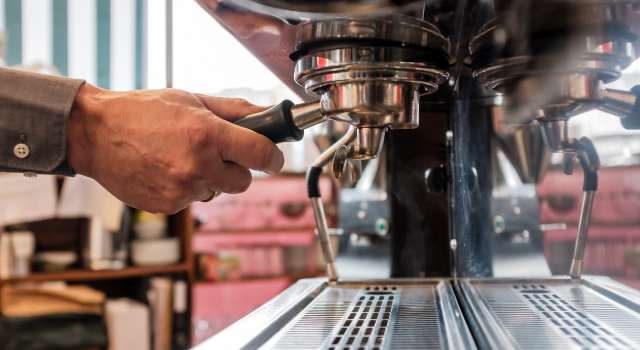
5. Start the brewing process
Press the brew button on your machine (or activate the lever or paddle) to begin the brewing process. The machine will dispense hot water through the coffee at the desired pressure and flow rate.
6. Stop the brewing process
Once you’ve brewed the volume of espresso you want, stop the machine by pressing the brew button or releasing the lever/paddle. This will stop the flow of water.
7. Pour the espresso
Carefully remove the portafilter from the machine and pour the brewed espresso into a preheated espresso cup. The espresso should have a rich, golden-brown color, a thick and smooth crema, and a well-balanced flavor.
6. Clean the machine
Once you’ve finished brewing, clean the machine. Rinse the portafilter and grouphead, empty the water tank and drip tray, and wipe down the machine’s exterior. If you’ve used the steam wand for milk, blast the steam for a few seconds to clear the wand and wipe all the milk off its exterior.
Those are the basics. There is so much more that goes into brewing espresso just the way you like it. You can begin building on this basic knowledge by exploring the articles below.
Espresso Essentials

Long Shot vs Ristretto: What’s the Real Difference?

How To Drink Espresso Just Like They Do In Italy
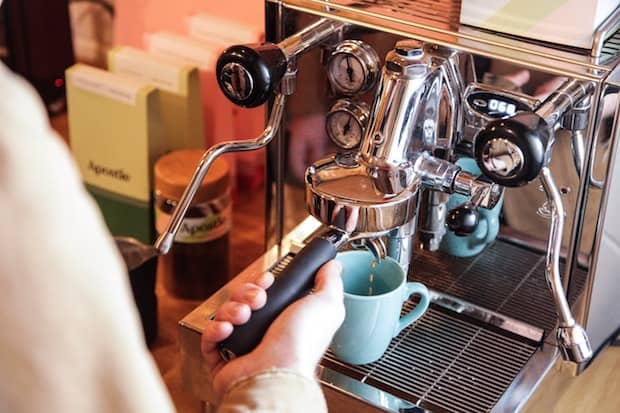
The High Cost of an Espresso Machine Explained
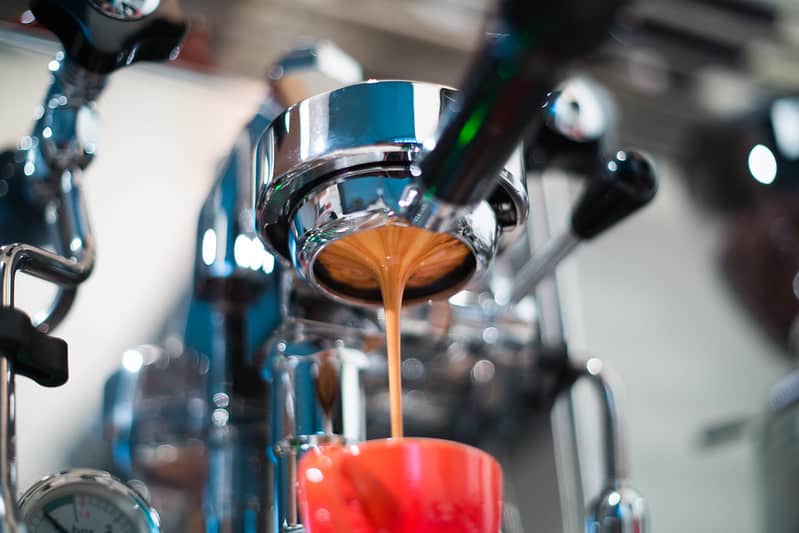
How To Make Espresso
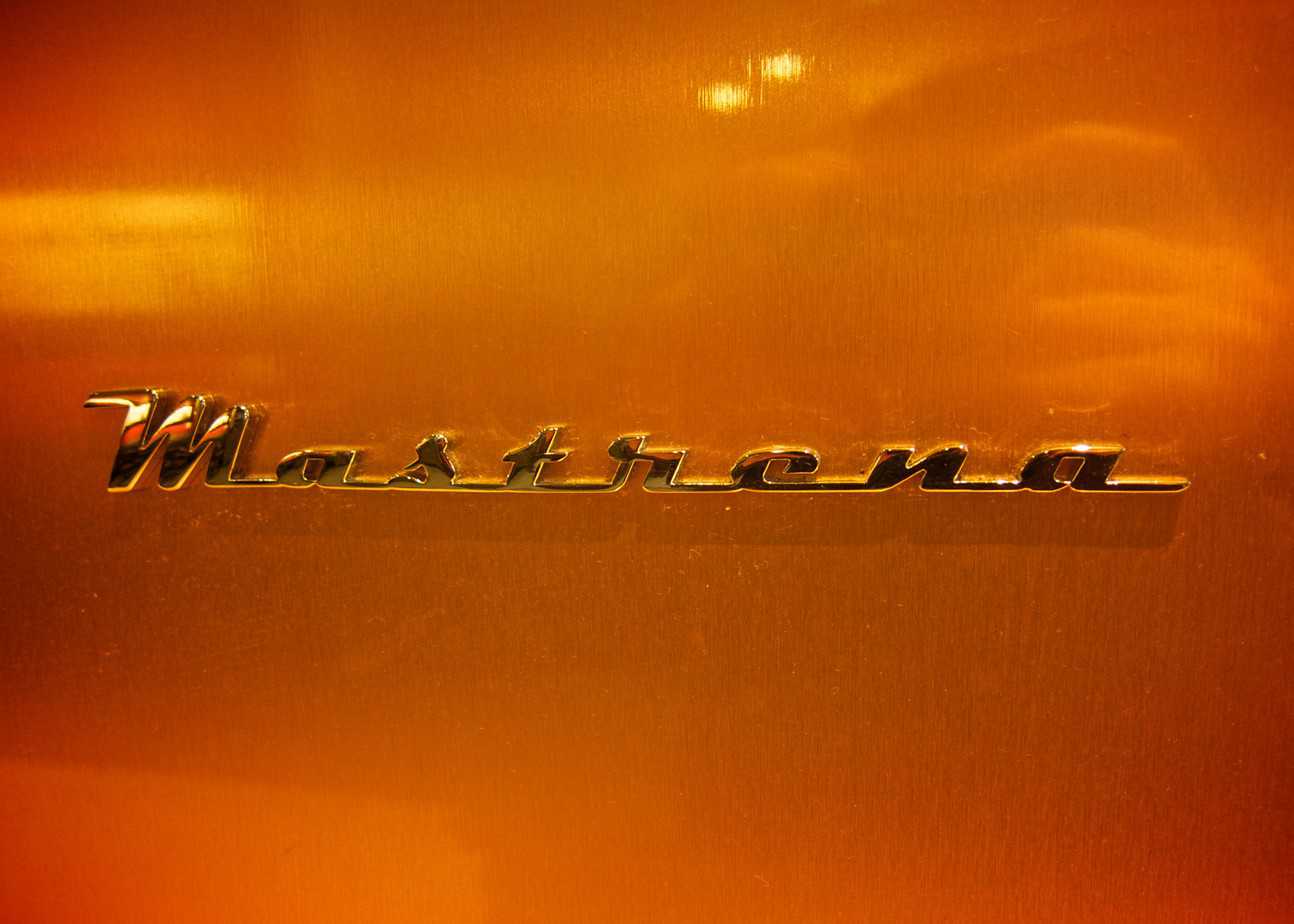
Mastrena Espresso Machine: Why You Can’t Own One
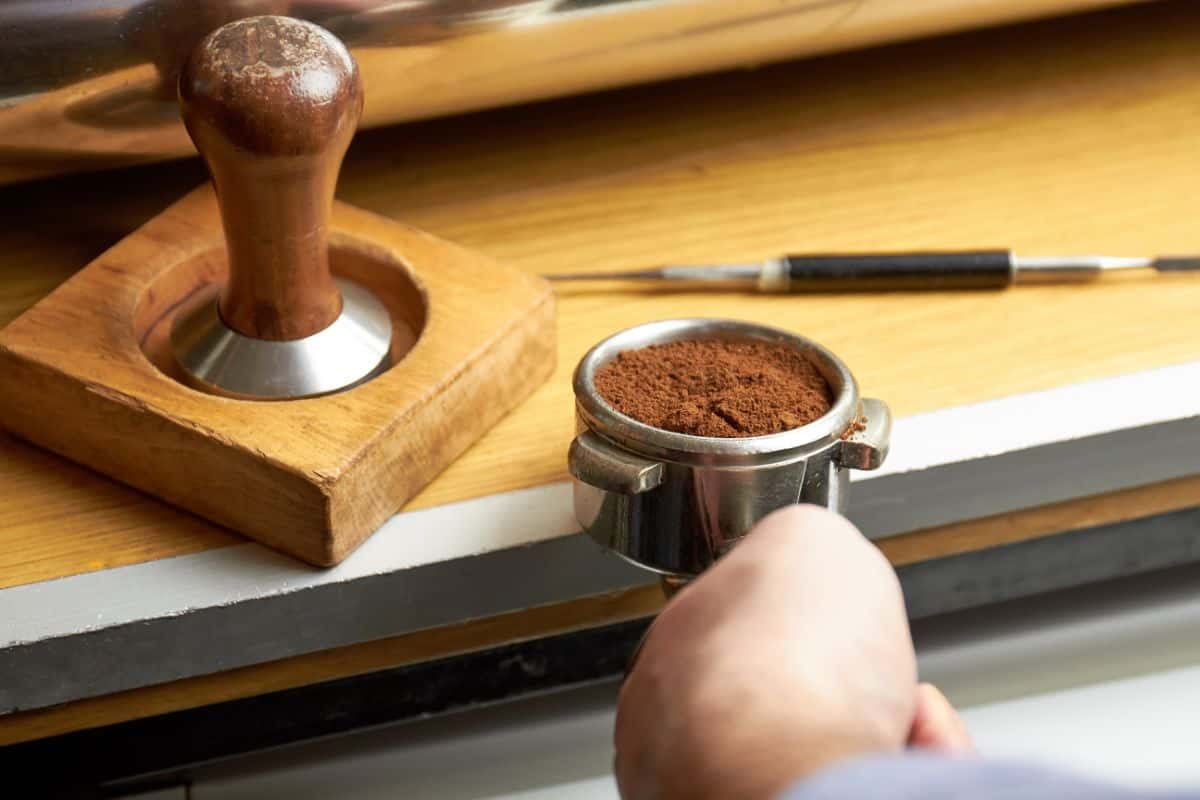
WDT for Espresso: Better Distribution, Better Extraction
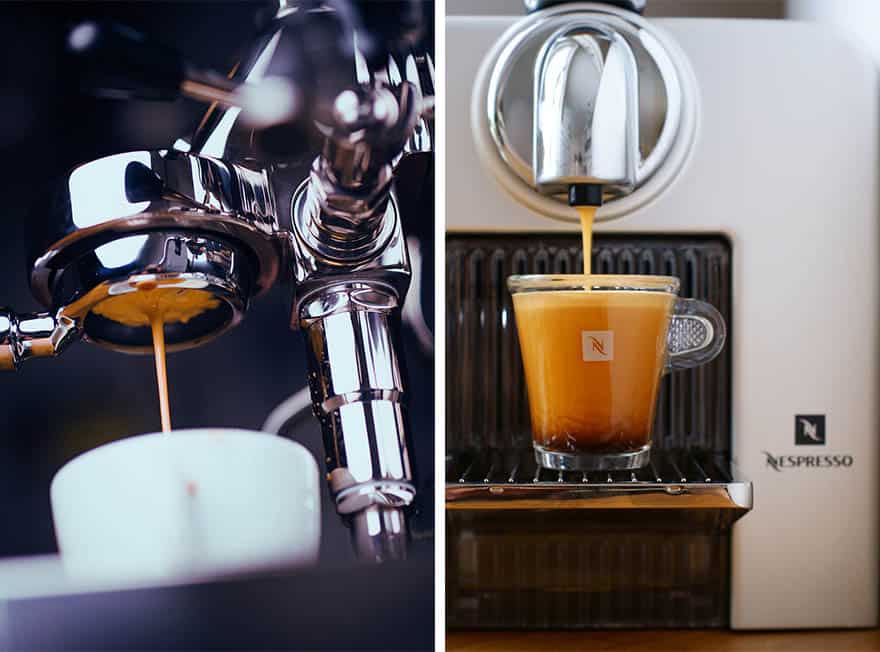
Why Nespresso Can’t Take the Place of an Espresso Machine
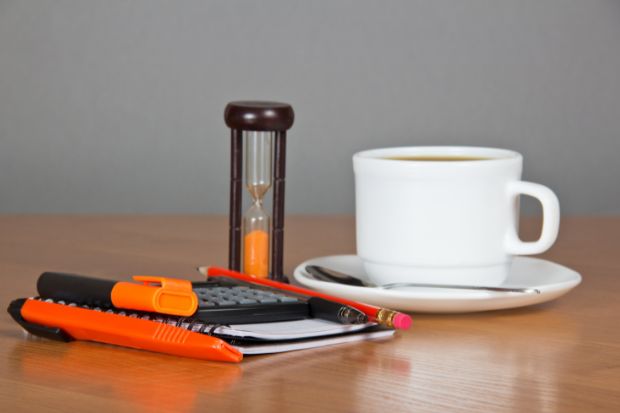
How To Time Your Espresso Shots for a Perfect Pull

All Espresso Is Coffee, But Not All Coffee Is Espresso
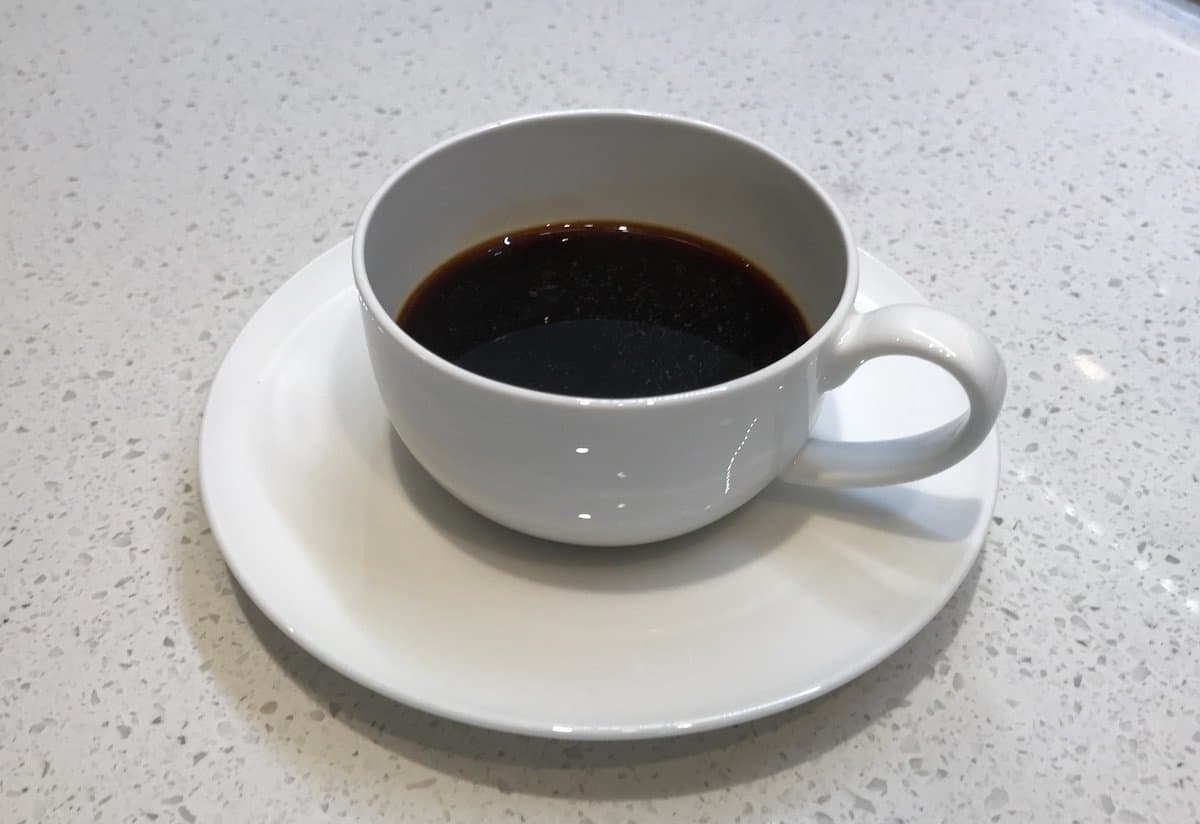
How To Make ‘Espresso’ With AeroPress
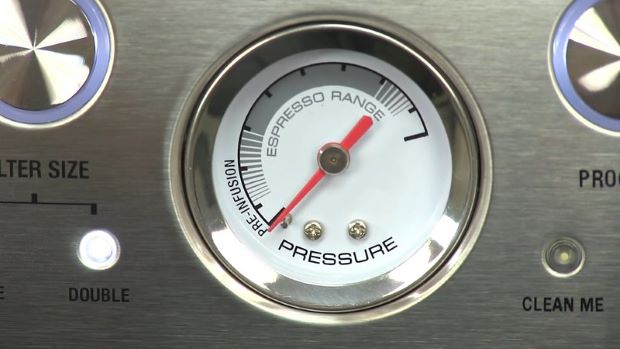
What to Do If Your Breville Espresso Machine is Not Reaching Pressure

This Is Why Your Breville Espresso Machine Is Leaking—And How To Fix It
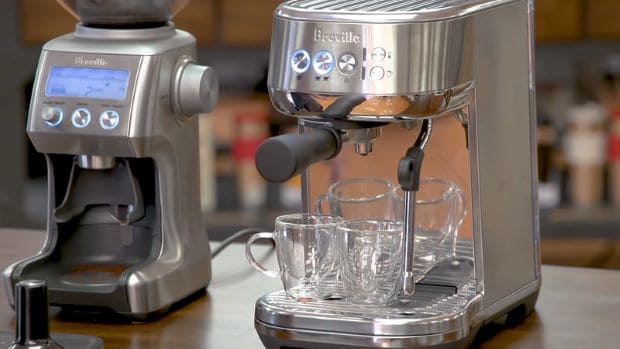
Here’s How Often You Need To Clean Your Breville Espresso Machine
